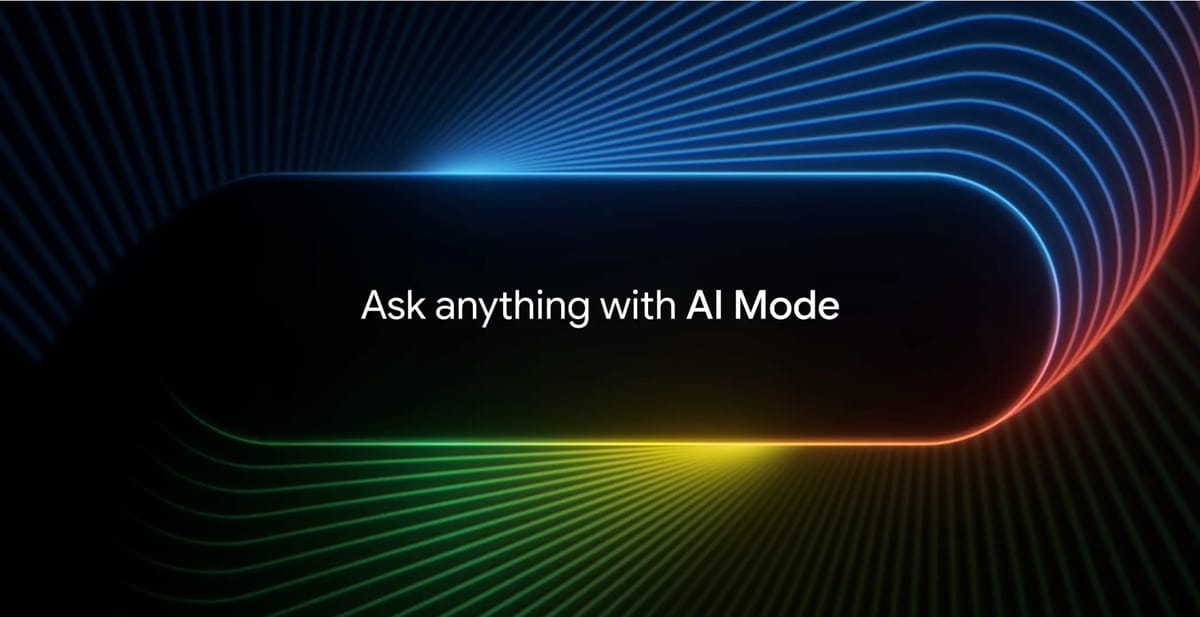
Google's experimental AI Mode search experience is now available to all Labs users in the United States without the previous waitlist requirement. The company says the expansion comes after "incredibly positive feedback" from early testers who have been using AI Mode to ask more complex questions and engage in multi-turn conversations with Google Search. Along with wider availability, Google is introducing several new features aimed at making the tool more practical for everyday tasks like shopping and finding local businesses.
Key Points:
- Google has removed the waitlist for AI Mode in the US, making it available to all Labs users
- New features include visual cards for local businesses and products with real-time information
- A history panel is being added to desktop search to help users continue previous AI-powered searches
Starting this week, users will begin seeing visual cards for businesses and products directly within AI Mode results. For local establishments like restaurants and stores, these cards will display ratings, reviews, opening hours, and even real-time busyness information. The feature leverages Google's extensive database of local business information and allows users to quickly call businesses or get directions without leaving the search experience.
The shopping integration appears particularly robust, with Google pulling from its Shopping Graph of over 45 billion product listings to provide real-time prices (including current promotions), shipping details, and local inventory information. For example, someone searching for a "foldable camping chair under $100 that fits in a backpack" will receive product recommendations that match those specific criteria, complete with retail links and product details.
Google emphasized the freshness of this data, noting that more than 2 billion product listings are updated hourly on its platform.
For desktop users, Google is also adding a history panel that helps users revisit previous AI searches. This left-side panel will store past search topics along with the information AI Mode previously found, allowing users to ask follow-up questions or continue researching without starting over.
While Labs remains the home for early experiments, Google is ready to dip its toes into a broader pool. In the coming weeks, a limited percentage of U.S. Search users outside of Labs will see an “AI Mode” tab appear right alongside “All,” “Images,” and other familiar tabs. This small-scale test will help Google gather more feedback before deciding on a wider rollout—so if you suddenly spot a new AI Mode toggle in your Search bar, you’re part of the trial.
Google’s push reflects the broader trend of weaving AI into everyday tools, transforming Search from a passive lookup engine into an interactive collaborator. By removing barriers to entry and offering richer, tappable cards, Google hopes to keep users in its ecosystem rather than sending them off to other apps or websites to complete transactions. Google's approach to AI in Search underscores the importance of fresh, trusted data—a sine qua non for AI-powered recommendations—backed by their vast local-business and shopping datasets.
If you haven’t tried AI Mode yet, now’s the time: head over to Google Labs in the U.S., fire up your latest Google app on Android or iOS, and see how far a single search box can take you.

